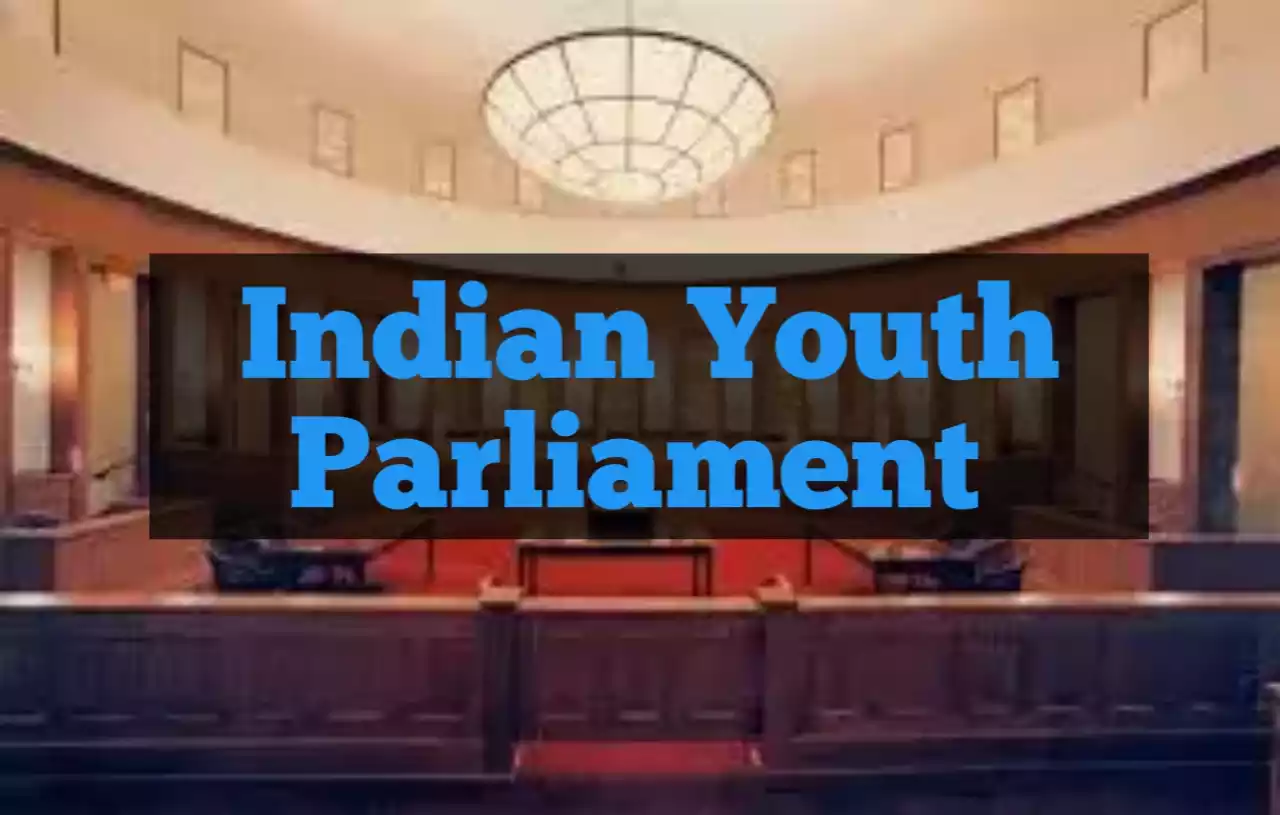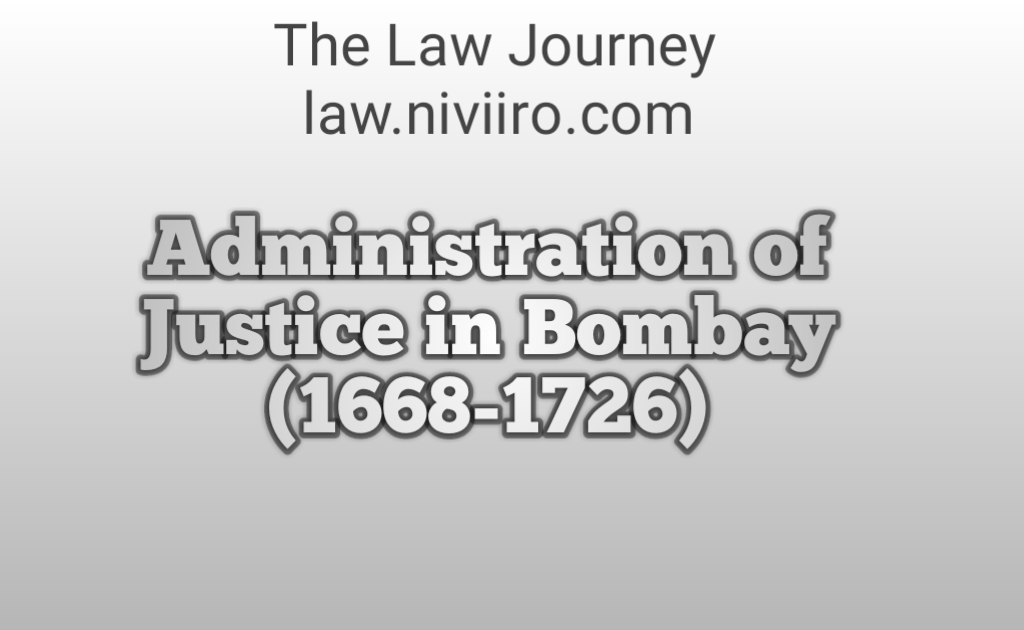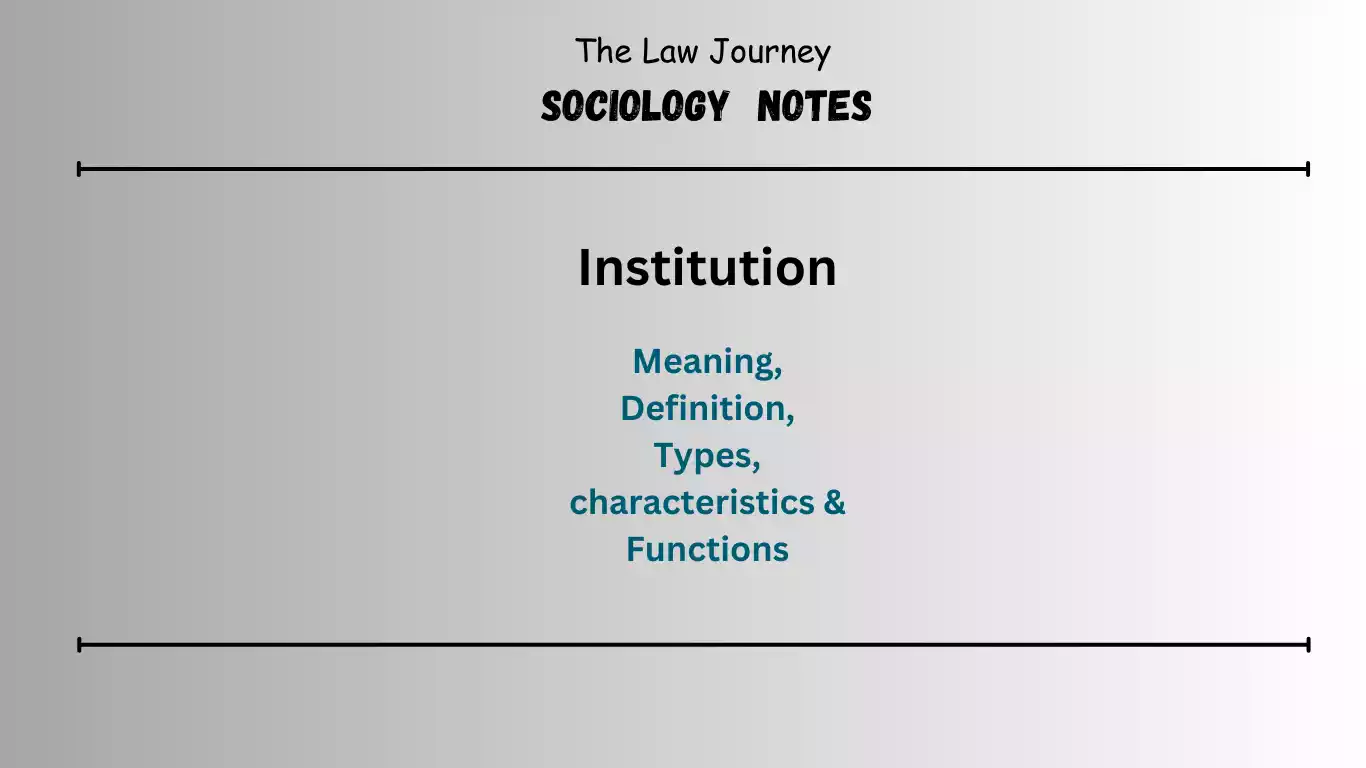
International Relations – Definitions | Features | Importance
International Relations – The study of political and social systems, including state relations and the notion of international law, may be traced back to ancient Greece, when the study of political and social systems, including state relations and the concept of international law, began to take shape. The current field of International Relations, on the…























